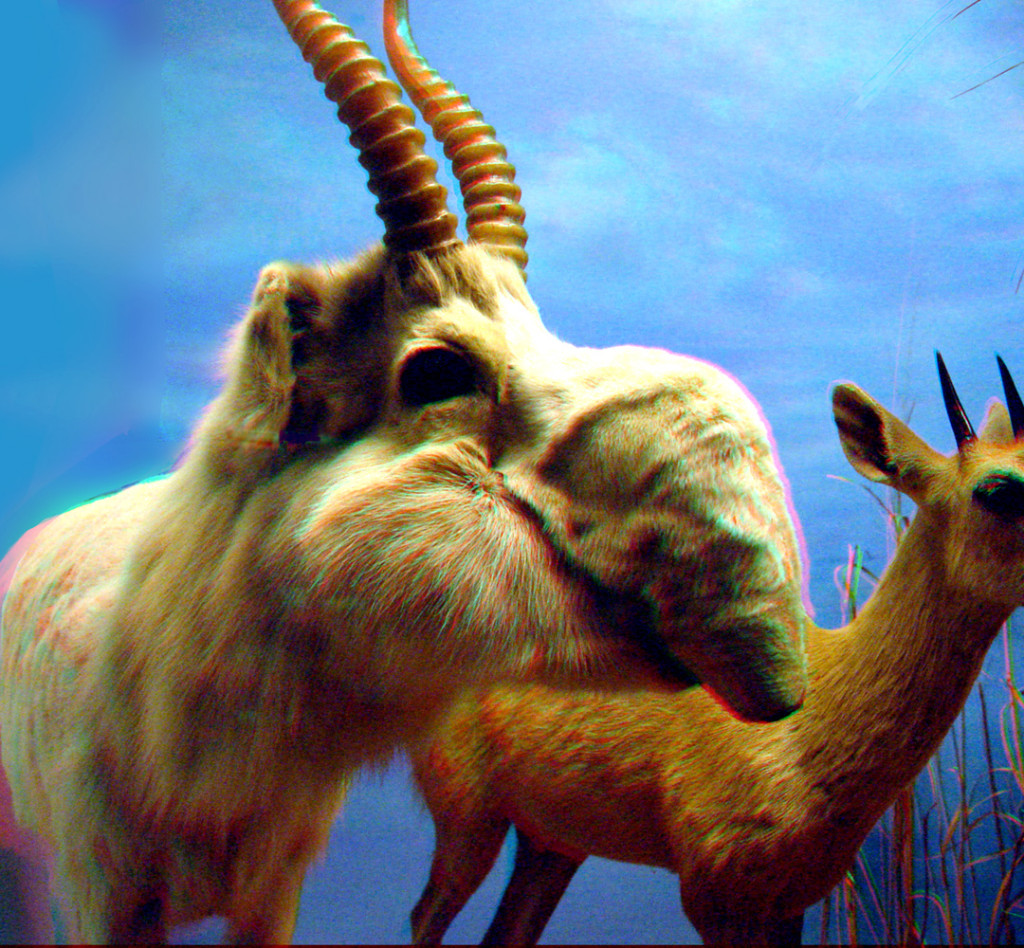Another PhD on Biodiversity Offsets was published this year. Joe Bull has prepared his work at Imperial College London, Department of Life Sciences.  His work focuses on biodiversity offsets for moving conservation targets. He examines the case of the Saiga Antelope in the Ustyurt in Uzbekistan. See alo my previous post Comparing biodiversity offset calculation methods with a case study in Uzbekistan — new paper by Bull et al. Following, I have included the abstract of the thesis.
His work focuses on biodiversity offsets for moving conservation targets. He examines the case of the Saiga Antelope in the Ustyurt in Uzbekistan. See alo my previous post Comparing biodiversity offset calculation methods with a case study in Uzbekistan — new paper by Bull et al. Following, I have included the abstract of the thesis.
Find the link to the PhD thesis here and an uploaded Pdf here: JoeBull_2014_Biodiversity Offsets for moving conservation targets.
Abstract
Conservation is difficult for moving targets, such as migratory species or landscapes subject to environmental change. Biodiversity offsetting is a novel approach that involves active compensation for biodiversity lost through development, with an objective of no net loss of biodiversity overall. In this thesis, I explore the use of biodiversity offsets for moving targets. My case study is the conservation of the migratory saiga antelope Saiga tatarica alongside industry in the Ustyurt plateau, Uzbekistan.
Key challenges for offsetting include: specification of an appropriate frame of reference for evaluating no net loss, determination of requisite ecological gains, and the degree of flexibility permitted in biodiversity trades.
I use bespoke simulation models to predict whether no net loss of biodiversity can be achieved within various hypothetical frames of reference, i.e. against different socio-ecological baselines and counterfactual scenarios. The reference frame determines the feasibility and effort required in achieving conservation objectives, and I shed light upon those ecosystem dynamics for which offsets may be appropriate. I develop a socio-ecological counterfactual for saigas and their Ustyurt habitat, relying upon satellite imagery and secondary data sets. Even with limited data, it proves possible to develop an instructive counterfactual for intervention.
To calculate offset requirements, I first quantify impacts of industrial activity on the Ustyurt. Vegetation impacts are measured, mapped and projected to the landscape scale, and the influence on mobile species such as saigas is considered. Via quantitative comparison, I show that the application of different available offset calculation methodologies to these data – which all purport to achieve no net loss of biodiversity – would result in divergent offset requirements. This implies that offset methodologies should be tailored to specific moving target problems, rather than generalised.
Finally, I use conservation planning software to compare the performance of flexible and non-flexible offsets. Zonation is used to model the effect of permitting flexibility in the biological, spatial and temporal constraints placed upon offsetting, and RobOff to assess the optimum return on investment under uncertainty. I find that a mixture of flexible and non-flexible offsets is desirable for conserving moving targets in the Ustyurt.
We must give deeper consideration to the dynamic nature of ecosystems when designing conservation interventions. Biodiversity offsets have potential in this regard. To realise the potential, we should specify appropriate frames of reference, tailor metrics, and consider allowing flexible biodiversity trades.

Pingback: PhD study: Biodiversity Offsets for moving cons...